Nosferatu The Vampyre (1979)
Directed by: Werner Herzog
Written by: Werner Herzog
Starring: Bruno Ganz, Isabelle Adjani, Klaus Kinski, Roland Topor
HCF REWIND NO.160: NOSFERATU THE VAMPYRE AKA NOSFERATU, PHANTOM DER NACHT [Germany, 1979]
IN SELECTED CINEMAS: 1st November
RUNNING TIME: 107 min
REVIEWED DY: Dr Lenera, Official HCF Critic
Estate agent Jonathan Harker is sent from his German home in Wisborg to Transylvania to visit a new client named Count Dracula. Nearing his destination in the Carpathian mountains, Harker stops at a village where the locals become frightened by the mere mention of Dracula’s name and discourage him from travelling to his ruined castle. His coachman declines to take him any further than a bridge, so Harker has to walk the rest of the way. At the castle, Dracula tries to suck the blood out when Harker cuts his thumb. Harker wakes up to a deserted castle the morning after and notices punctures on his neck, which he attributes to mosquitoes or spiders. That night, Dracula, enamoured by a picture of Harker’s wife, signs the documents to purchase the house across from Harker’s own home. Reading a book about vampires that he took from the local inn, Hutter starts to suspect that Dracula is one….
Nosferatu The Vampyre is that rarity: a close remake that totally and utterly justifies its own existence. It often copies the 1922 Nosferatu very closely, but adds its own elements and has a very different feel so that you really do get the best out of one great German filmmaker paying tribute to another. In a way, you have to see the F.W. Murnau’s film to fully appreciate this one, though I actually did it the other way round and saw this version before. This might be why, while the first film is a greater achievement, of hugely greater historical significance and actually tries to be scary [it may not scare jaded viewers these day, but it must have totally and utterly terrified them in ‘22], I have a slight preference for the ’79 version. It’s one of the strangest of Dracula films, not trying to frighten, but instead having a somewhat trance-like effect, almost meditative, and yet truly full of despair and darkness. Unusually amongst versions of Bram Stoker’s novel, the ending is as downbeat as can be. It’s also my opinion that it gets closer to the essence of vampirism than any other film.
This was the second of the five collaborations between director Werner Herzog and star Klaus Kinski. Because the copyright had long since expired, Herzog decided to restore the original name of Stoker’s characters, and, while it was primarily filmed elsewhere, it used the same Slovakian mountains that Murnau did to represent Transylvania. The volatile Kinski didn’t cause as much trouble on set as normal despite having to spend four hours each day having his makeup put on and taken off. For the most part, they would shoot each scene in German, then the same scene in English with the same cast and crew, though Isabelle Adjani and Roland Topor had to be dubbed for both versions and there are minor differences in some scenes. Herzog, not always the’ nicest’ of directors, decided to dye all the white rats he imported grey, and did it by submerging their cages in boiling water containing the dye. Many of them died, while the rest just licked themselves clean of the dye. Herzog himself cut ten minutes [mostly featuring Renfield] for export release as the distributors considered the film too slow. Released at a time where there seemed to be a mini craze for vampire films [there was also the John Badham Dracula, the spoof Love At First Bite, Nocturna, Salem’s Lot and Thirst], It managed to attract both the art-house and horror film audience and was Herzog’s biggest commercial success. Looking very different, Kinski would to go on to play the title role in Vampire In Venice, though actually called Nosferatu.
So the distributors thought Nosferatu The Vampyre to be too slow and there’s no doubt that it is a very slowly paced film, even more so than the original, but a slow film can be as rewarding as a fast film if you’re in the right mood, and for the viewer who is willing to relax and let the film’s atmosphere slowly envelope him or her, this one gets positively hypnotic. The uneasy title sequence perfectly sets the mood, as the camera slowly moves along some mummified bodies [these were actually Mexican and victims of a 1833 cholera epidemic] while Popol Vuh’s gloomy music plays. The bodies are ugly yet fascinating and we certainly can’t take our eyes off them while the film’s main themes of decay and death are being set up. After this, the film proceeds in the manner of the silent film for a while, except that the scenes at the Transylvanian village have an almost documentary feel to them. Then we have a truly great scene where Harker travels to the castle by mountain pass, a scene which shows Herzog’s brilliance at capturing the feel of a location and creating a certain mood which is both ominous and beautiful. The title music plays again as Harker makes his way up the winding path, then switches to Richard Wagner’s glorious opening to Das Rheingold when Harker stands and sees the true majesty of the Carpathian mountains and the clouds darken and start to move fast, eventually revealing Dracula’s ruined castle. What a stunning moment this is, beautiful and full of awe, yet also telling us that Harker, and we, have entered the realm of the fantastic and there is no going back.
Dracula’s castle is fascinating and very different from the norm. It seems to be little more than ruins from the outside but is clearly not that way when you are inside it. The interiors are mostly white, while the main hall is small and cramped. Most oddly, a boy playing a violin sometimes stands in a doorway. Then there’s Dracula himself. Kinski’s makeup is obviously modelled on Max Schreck’s, but slightly modified to give the impression that Dracula is actually suffering, while Kinski’s performance, which doesn’t really copy Schreck’s very much, simply exudes pain. This is a Dracula who is cursed by his immortal existence. I’ve always thought that if vampires ever did exist, they would not only be repulsive but would actually be ill because of their affliction. They wouldn’t be hip or cool, they would be pathetic, pitiful and revolting. Nosferatu The Vampyre even gives its Dracula scenes in which he bemoans his lot and ask his victim-to-be for love and compassion. The downfall of this approach is that Kinski’s vampire isn’t scary. He’s loathsome, but doesn’t give you the creeps like Schreck’s Dracula did except when Herzog has him recreate certain shots from the older film. Herzog makes up for this by making the climactic Dracula/Lucy scene possibly the most erotic in vampire movie history, even if there have been many that have been more explicit. Look at the way he keeps his hand on her breast as he feeds, or the way she brings his head back down to hers so he can continue feeding. It’s possibly the best evocation of the whole ‘beauty and the beast’ idea on film.
The cinematography by Jorg Schmidt-Reitwein is absolutely astounding. This is one of those films where almost every shot has been worked out and thought through. The positioning of characters within the frame is especially perfect. Some of the film’s best bits occur when there is no dialogue and we just have the images and the music, like when the deserted ship slowly glides into Wisborg. In many other films, most of these scenes would have been cut down or even removed because they aren’t important to the narrative. Herzog makes these dreamlike scenes essential to the film. Plotwise things progress much like the ’22 picture, though some are enhanced, and not just the rats, of which there are hundreds here. There is more emphasis on the plague that Dracula brings with him, climaxing in a stunning aerial shot of Lucy making her way through the plague-stricken main street of Wisborg amidst pyres, rubbish, people dancing insanely and even some animals [it looks like one guy tries to mount a sheep]. There’s even a twisted variant on the Last Supper as some rich folk decide to have a nice meal at a long table. A few elements from Stoker’s novel not in Murnau’s film are added, including Dracula vampirising Lucy’s [yes, they switched the names around for some reason] cousin before he gets to her. The ending though, while it may end in a weirdly grand manner with someone riding a horse into the distance through a desert, is striking in its nihilism. Lucy’s self-sacrifice all ends up being for nothing, while don’t we feel sorry for Dracula, given that he dies because he gives into his feelings and spends longer with Lucy than he needed to?
Most of the cast play their parts in a manner approaching that of silent film acting. This works for the gorgeous Isabelle Adjani and mostly works elsewhere except for Topor’s Renfield, who has a maniacal laugh that gets annoying very quickly, but then he was dubbed anyway. There is an argument that the approach taken by this film doesn’t work for the material and suffocates it. It’s certainly not one to watch for your typical vampire thrills and doesn’t even have any blood except for one oddly out-of-place comical scene near the end. There are other Dracula films which are more frightening, or exciting, or just plain entertaining. But I don’t think there is one as purely artistic as Nosferatu The Vampyre.
Rating: 









Nosferatu The Vampyre is part of the BFI’s Gothic: The Dark Heart Of Film, and will also be released to selected cinemas on 1st November. For more details, check out www.bfi.org.uk/gothic

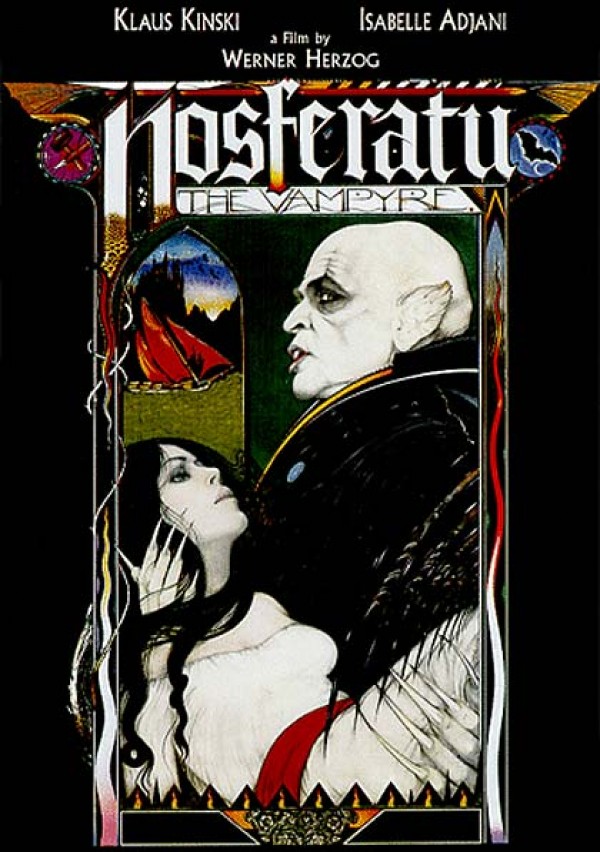
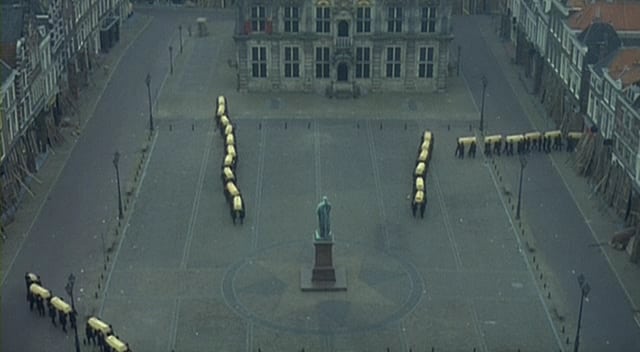
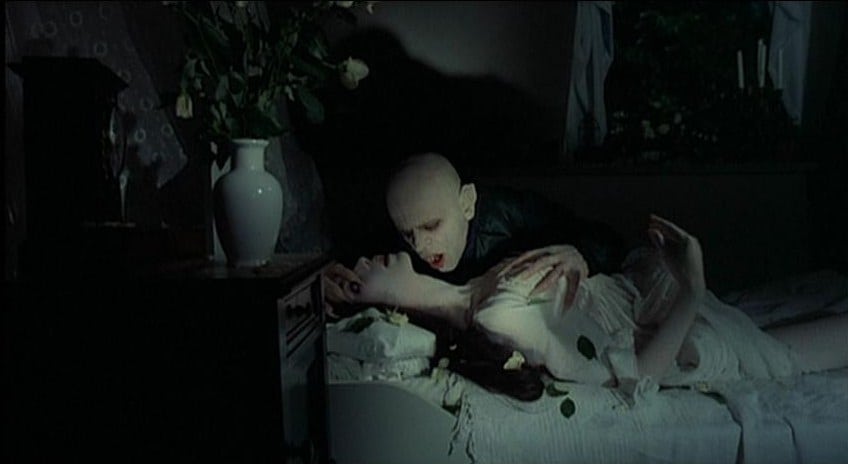

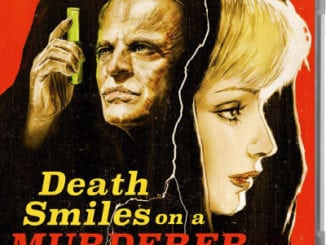

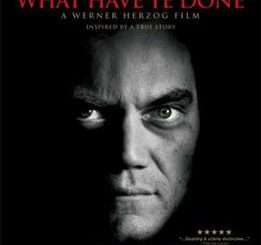
I strictly must say this film is a must. Theres a lot of wonder but I personally a lot to say. Whilr many say Lucy was wanting to save her husband, I feel that Lucy was a sexually frustrated virgin who, as well as wanted to save her husband, wanted to give into Dracula since he treated her like a sexually active woman like she desired. I say this because she she always slept on a separate bed and Johnathan. as much as he loved her, didn’t show it. A woman pure of heart shall distract him is another sign of it. That night when Lucy invites him to her room, she consciously lets him pull her white dress up (a sign of purity and virginity) and grabs her boob before surrendering her neck and dropping her arms to show her consent. As he drank from her neck, enjoying Lucy’s delicious virgin blood, he lifted up to see the time, but Lucy, enjoying Dracula’s company, brings his head back down to her neck to feed again and holds his back for his pleasure and her comfort. After all, she is enjoying this. Perhaps why she felt happy before dying. 🙂